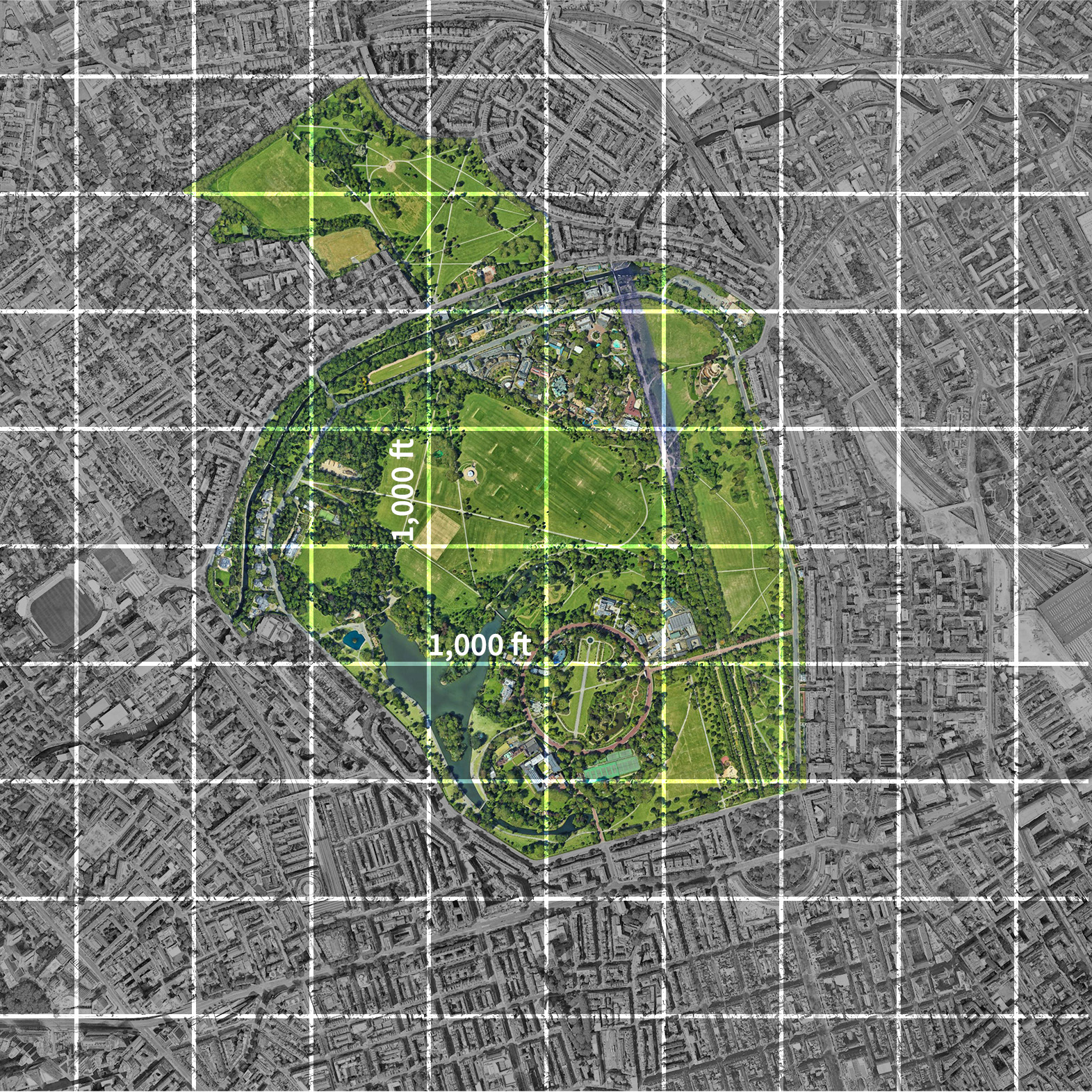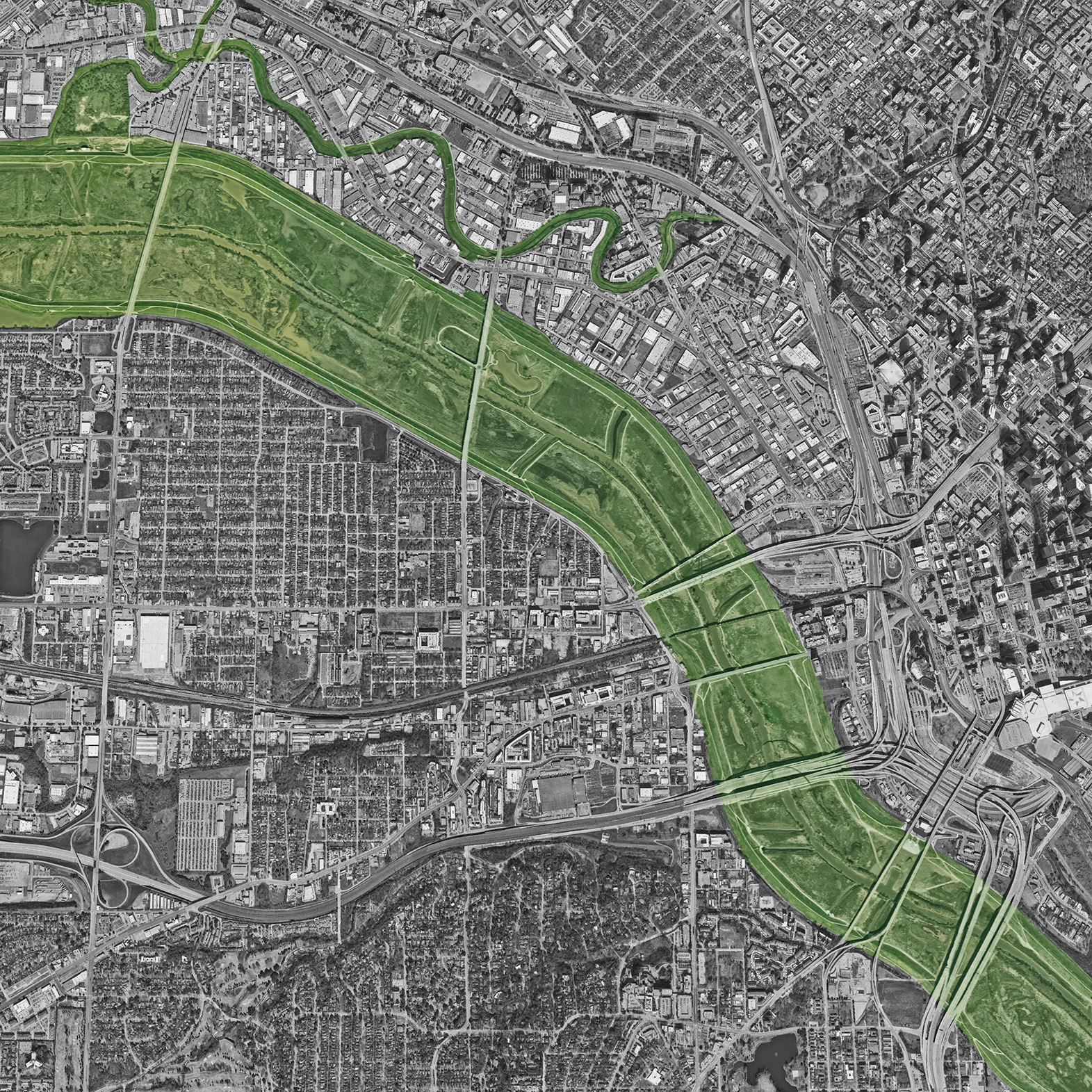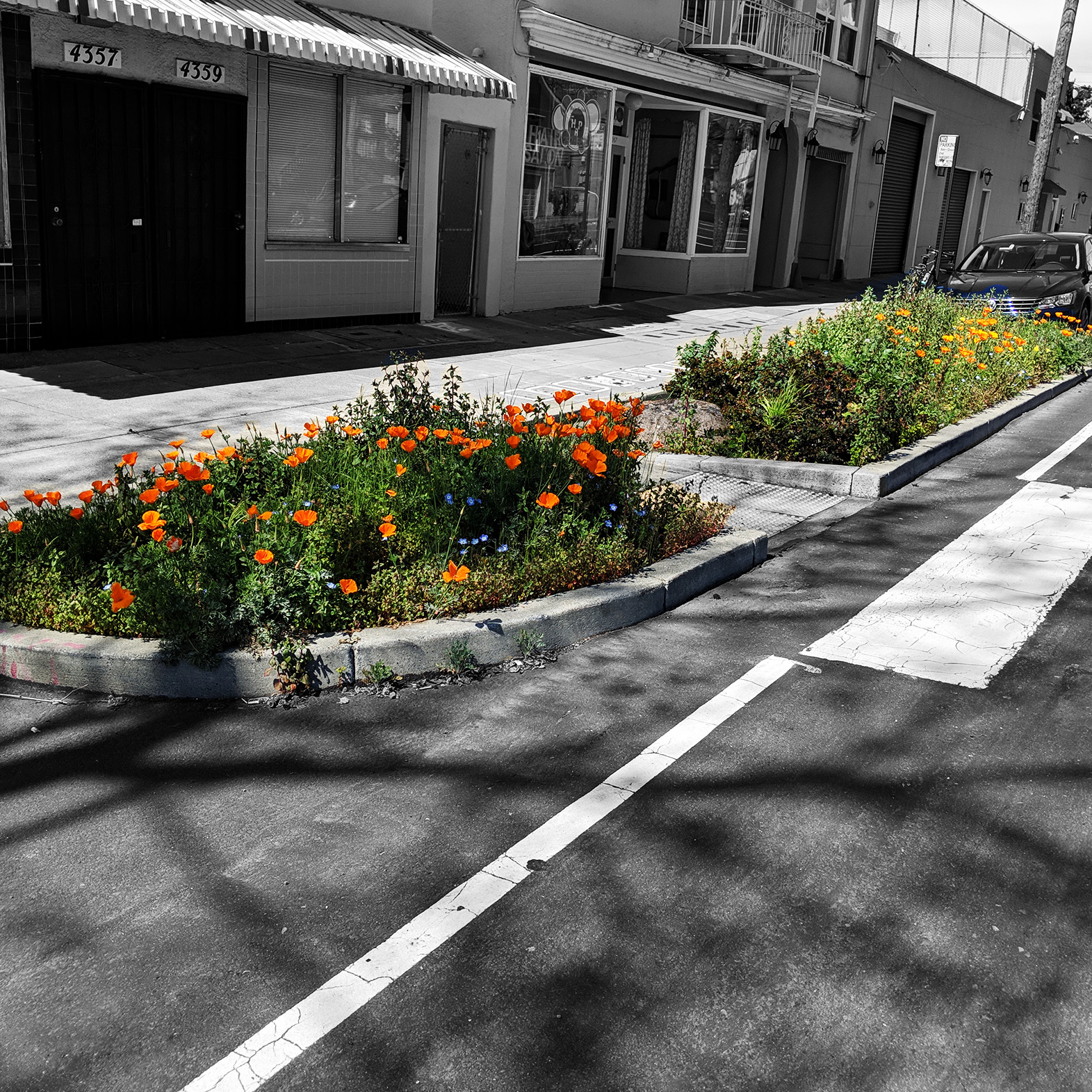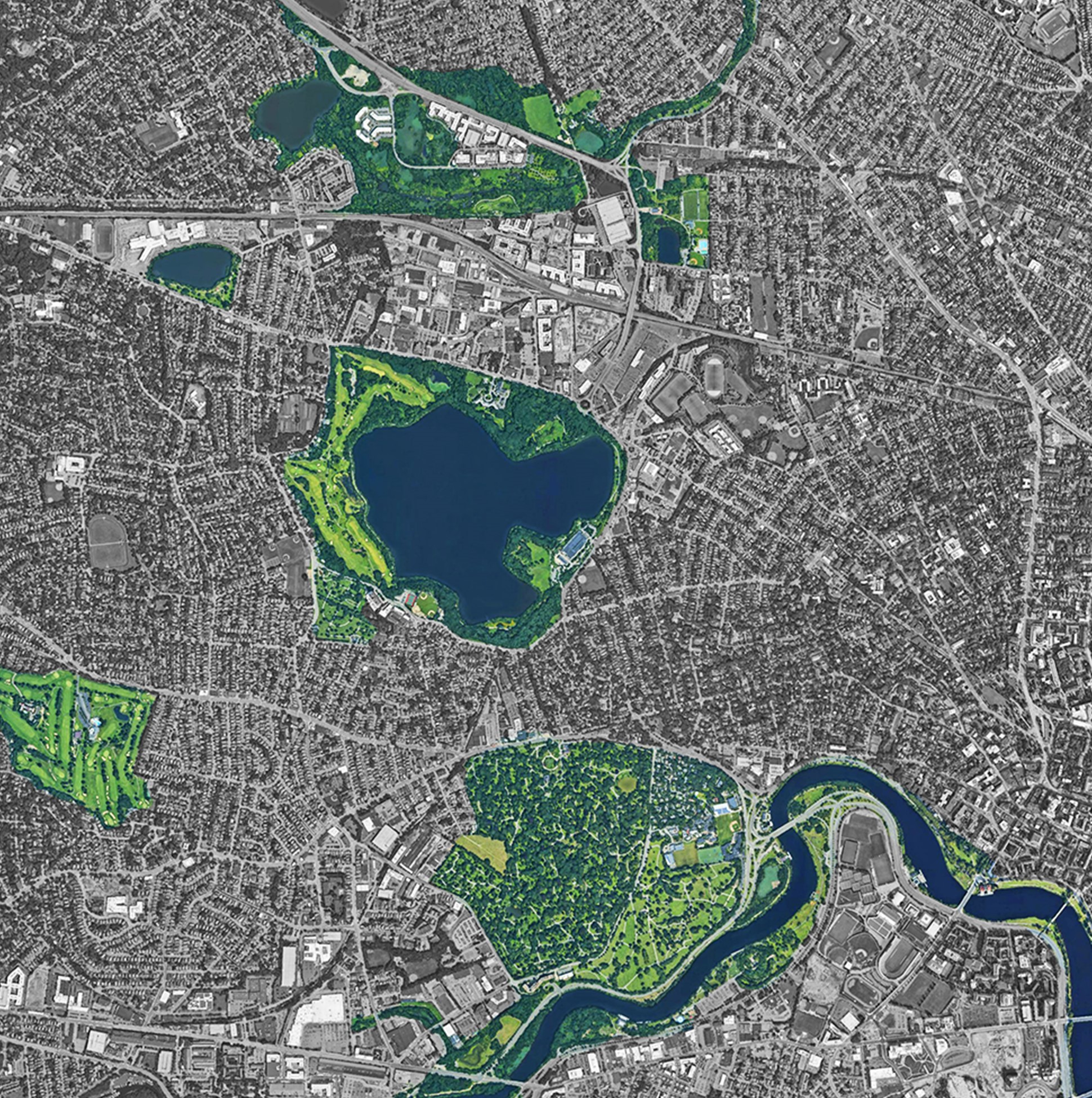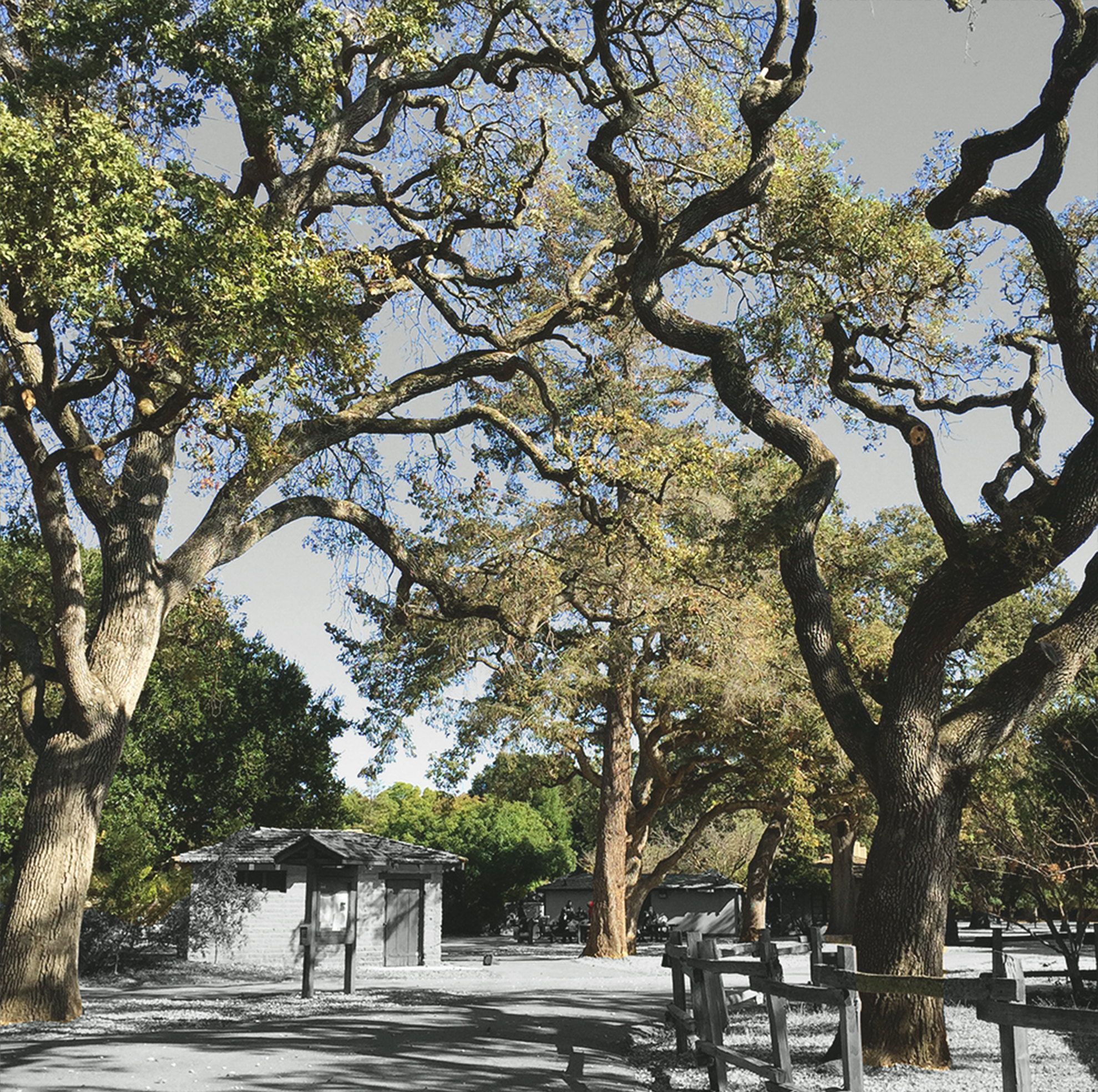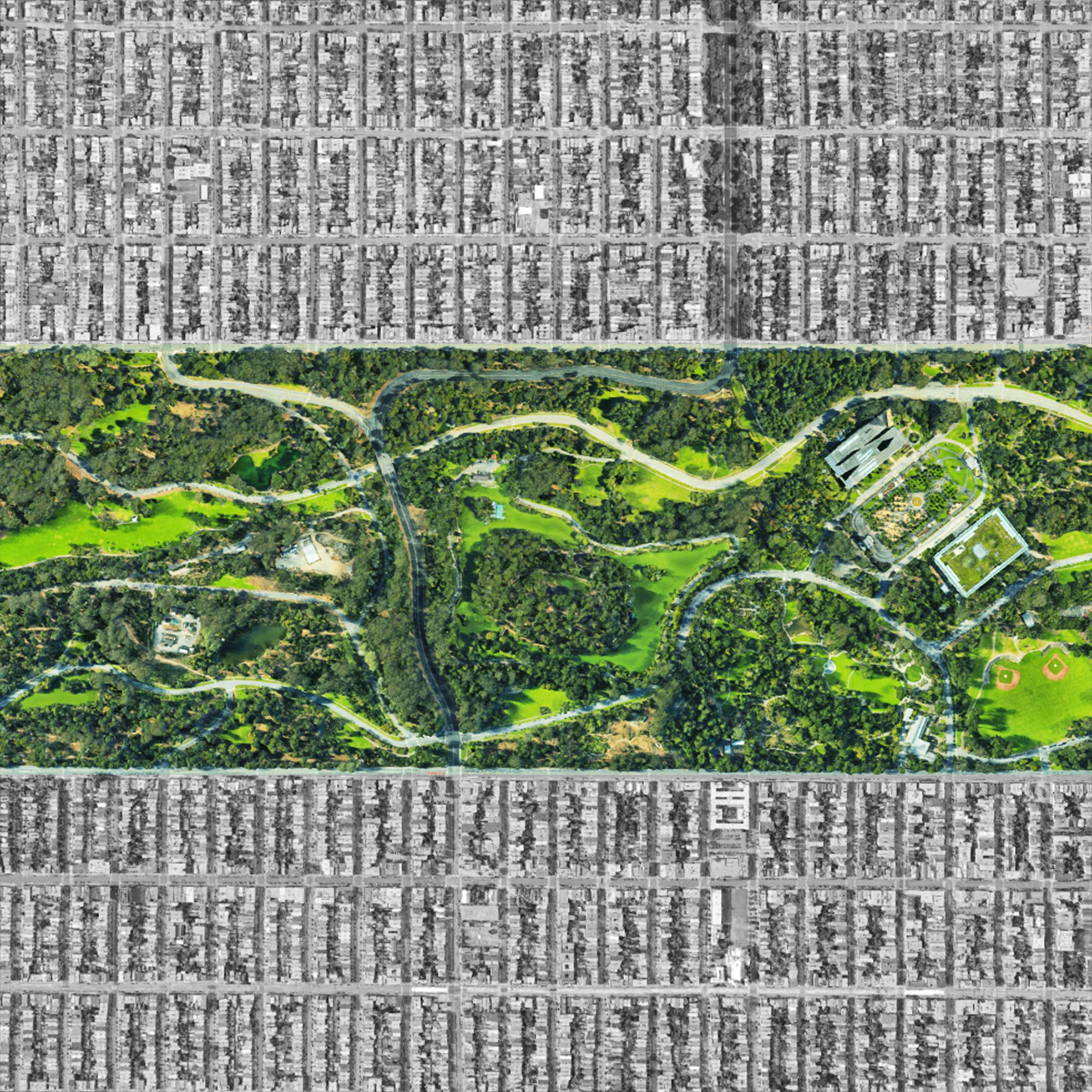Urban Biodiversity Framework
The Urban Biodiversity Framework identifies seven key landscape elements for urban biodiversity planning and design, based on scientific studies of how nature works in cities around the world. Together, these elements represent an integrated approach to meeting the diverse needs of both wildlife and plants.
Implementing improvements for each element will require planning and coordination both regionally and locally. Many of these elements are also likely to support species under a changing climate.
Because each species is affected by urbanization differently, no single intervention will support all species. Some species will respond most strongly to large patches of greenspace, while others will benefit most from the addition of water features or large trees.
Integrating all seven elements together has the greatest chance of supporting the largest number of species.
The Urban Biodiversity Framework identifies seven key landscape elements for urban biodiversity planning and design, based on scientific studies of how nature works in cities around the world. Together, these elements represent an integrated approach to meeting the diverse needs of both wildlife and plants.
Implementing improvements for each element will require planning and coordination both regionally and locally. Many of these elements are also likely to support species under a changing climate.
Because each species is affected by urbanization differently, no single intervention will support all species. Some species will respond most strongly to large patches of greenspace, while others will benefit most from the addition of water features or large trees.
Integrating all seven elements together has the greatest chance of supporting the largest number of species.
Seven Elements of Urban Biodiversity
Click the images below to learn more about the seven elements.

